Saliva

Drug testing can be important for workplace safety, clinical needs, and personal monitoring. We offer a variety of rapid tests that detect substances in urine or saliva. Each option gives straightforward results, helping you make informed choices with confidence. Our kits focus on reliability and practicality so users can assess substances quickly. From professional settings to personal use, our tests support informed decision-making when it matters. You can find choices for urine or saliva testing; each focused on clear results and peace of mind. Pick the method that fits your exact needs now.
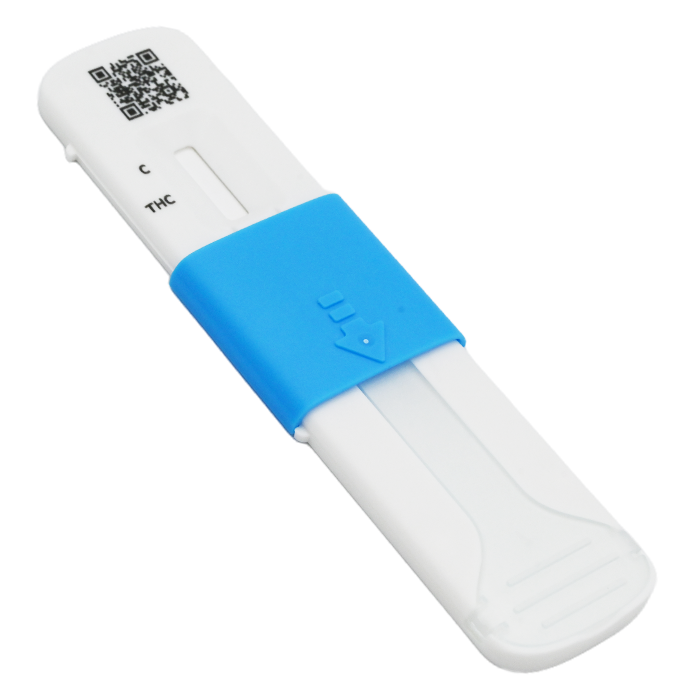
Format: Lollipop
Kit Size: 25 Tests/Kit
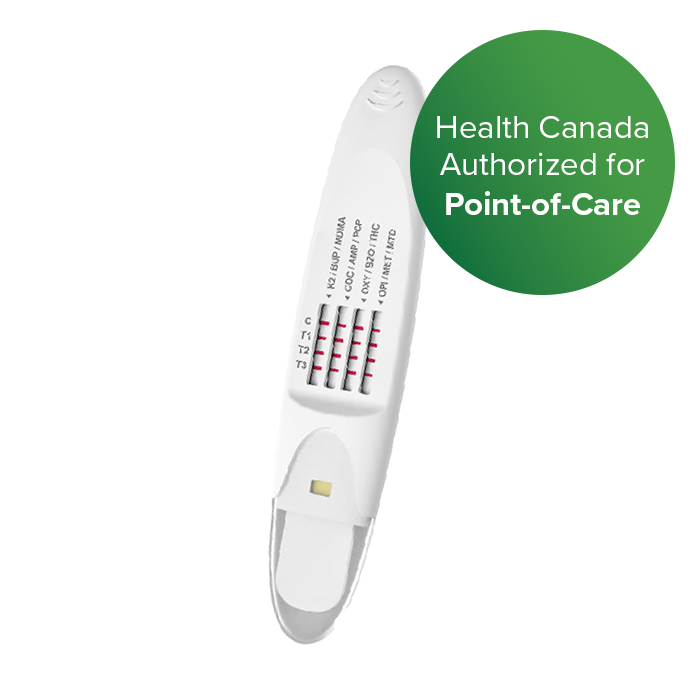
Format: Lollipop
Kit Size: 25 Tests/Kit
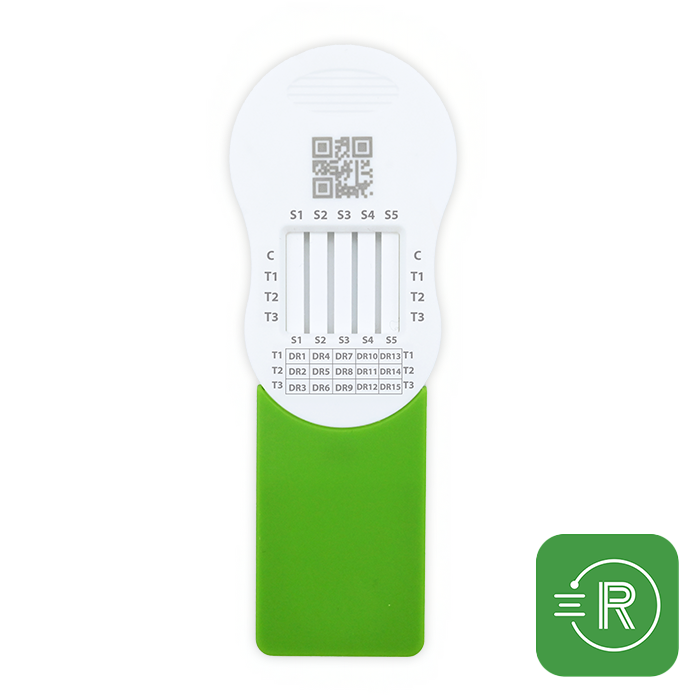
Format: Lollipop
Kit Size: 25 Tests/Kit
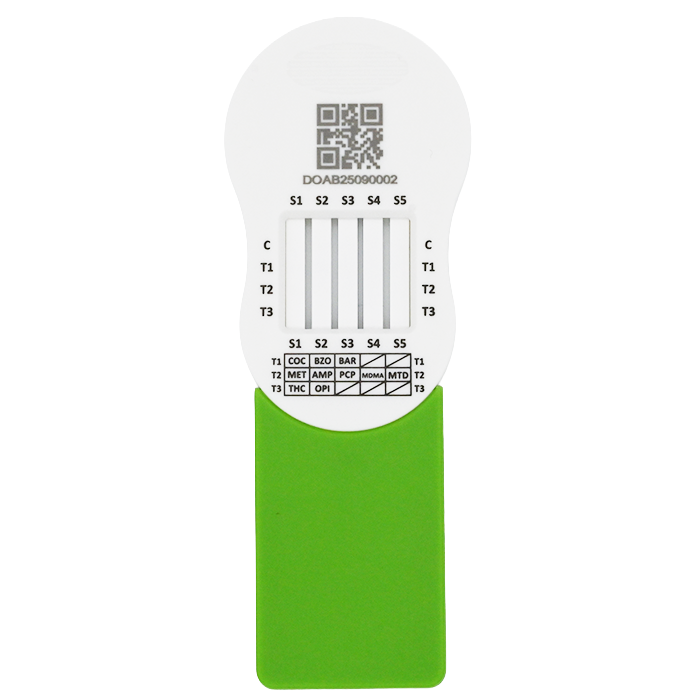
Format: Lollipop
Kit Size: 25 Tests/Kit
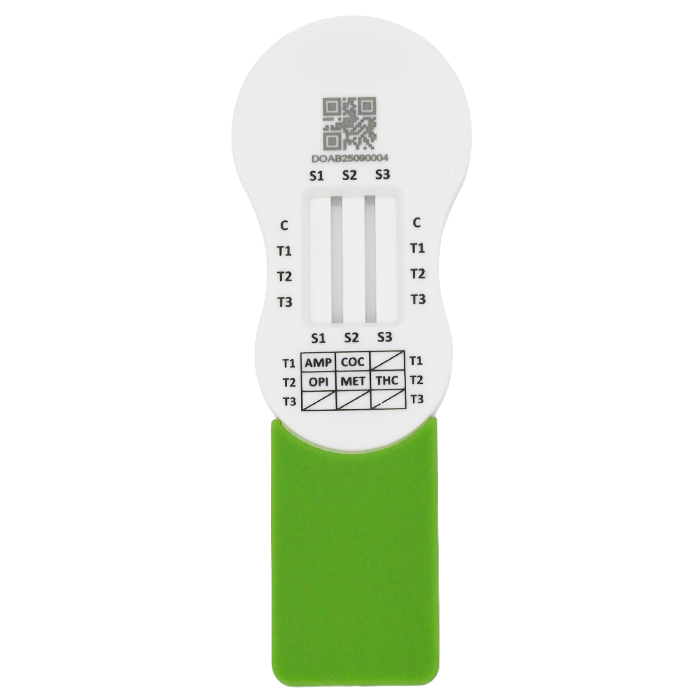
Format: Lollipop
Kit Size: 25 Tests/Kit

Format: Cup
Kit Size: 100 Tests / Kit
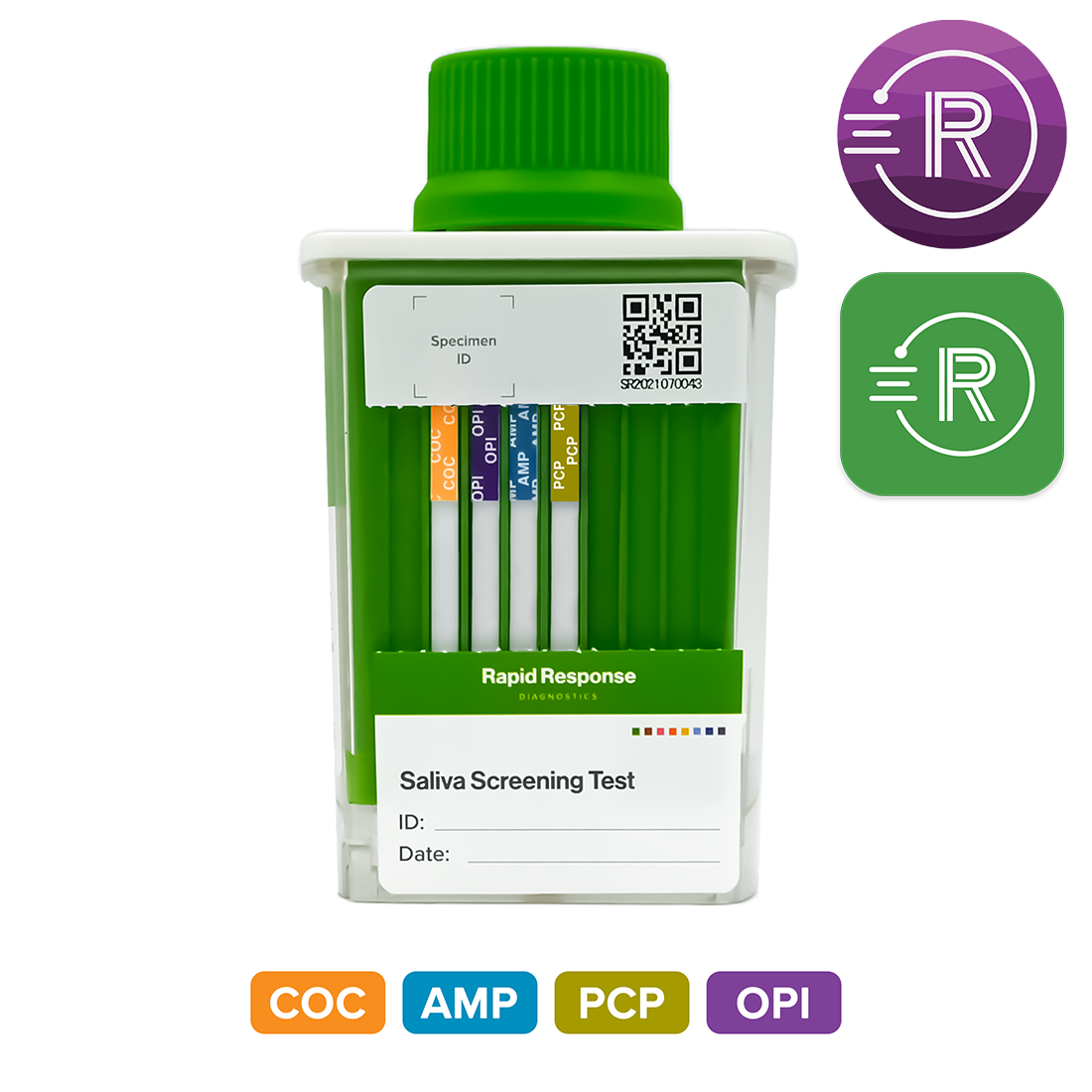
Format: Cup
Kit Size: 100 Cups / Kit
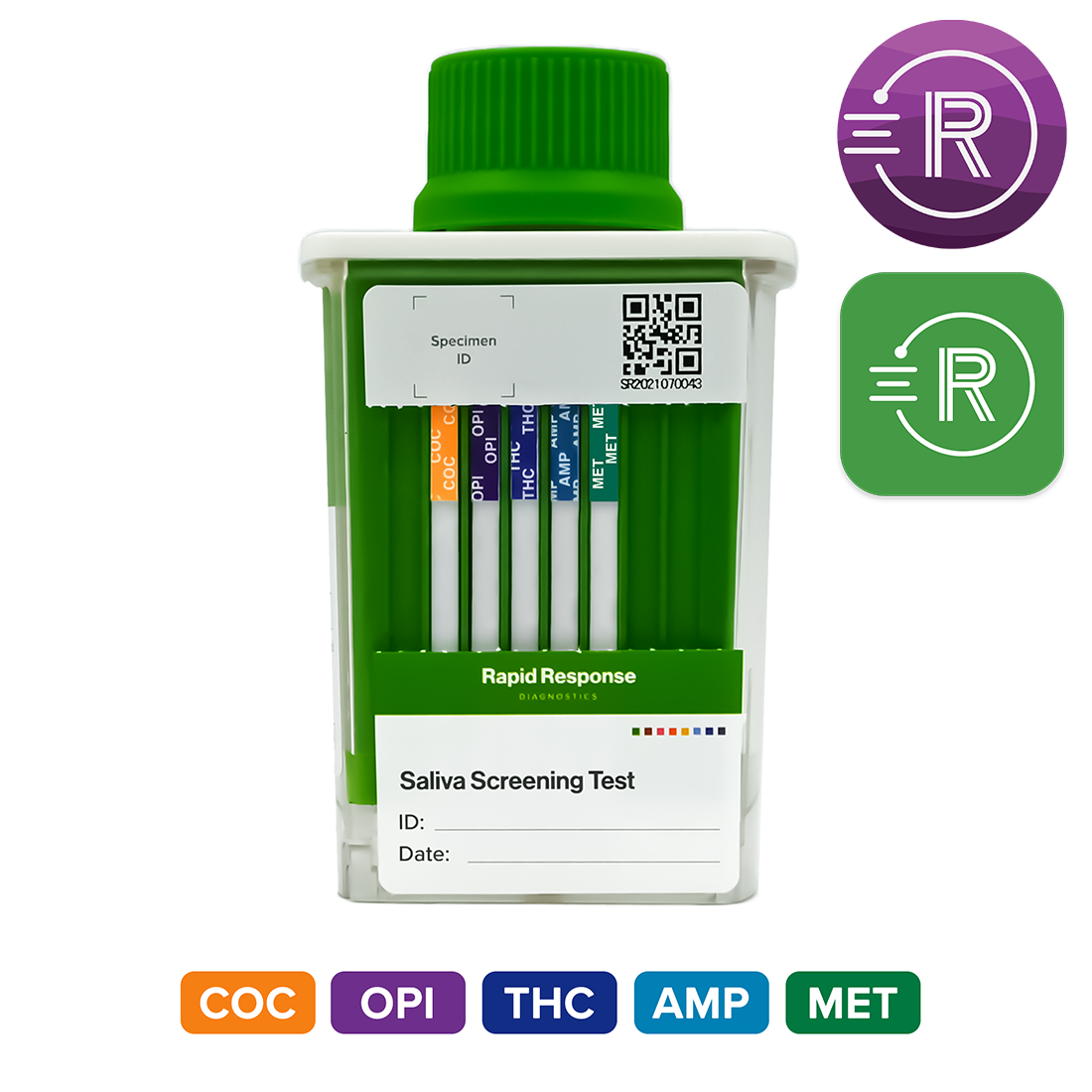
Format: Cup
Kit Size: 100 Cups / Kit
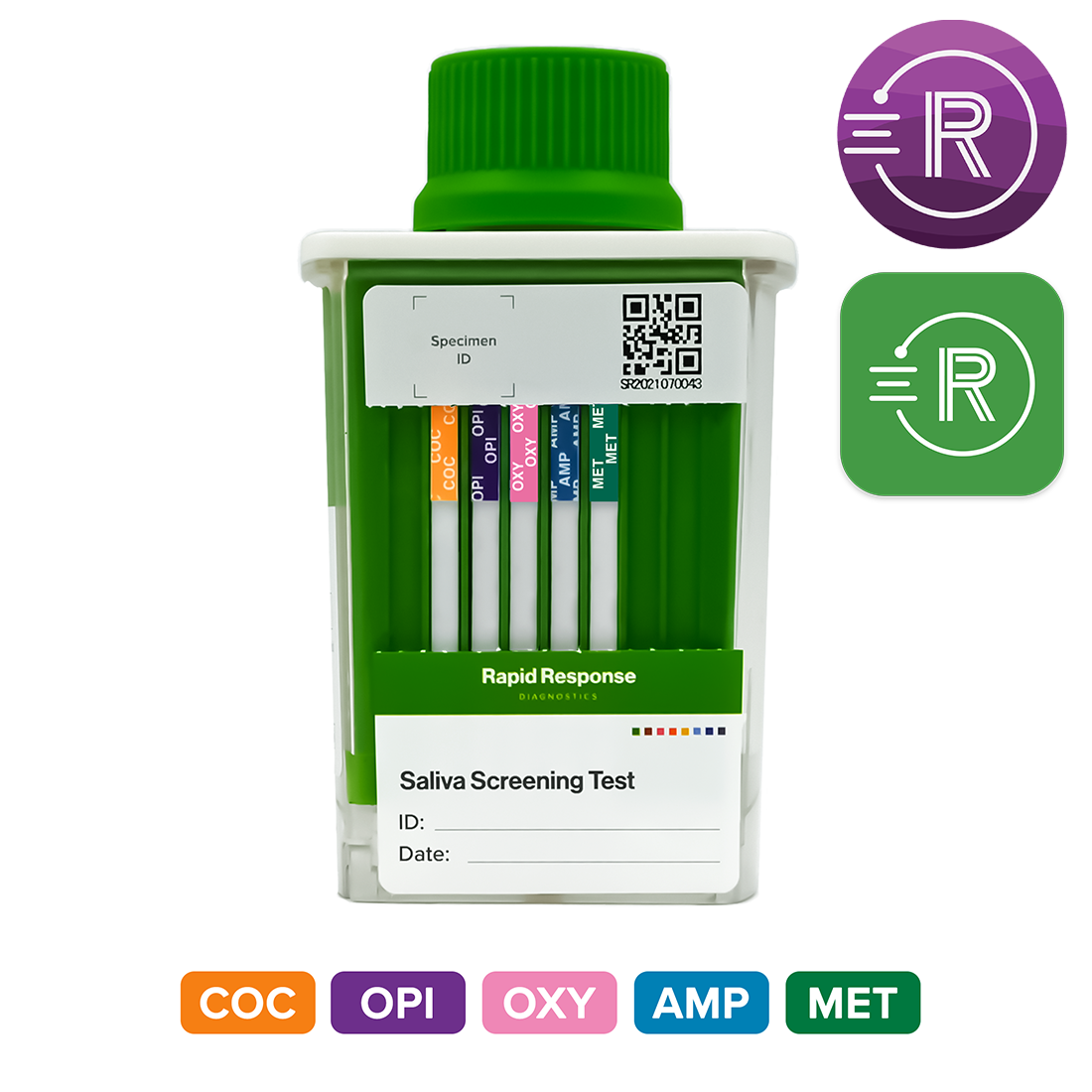
Format: Cup
Kit Size: 100 Cups / Kit
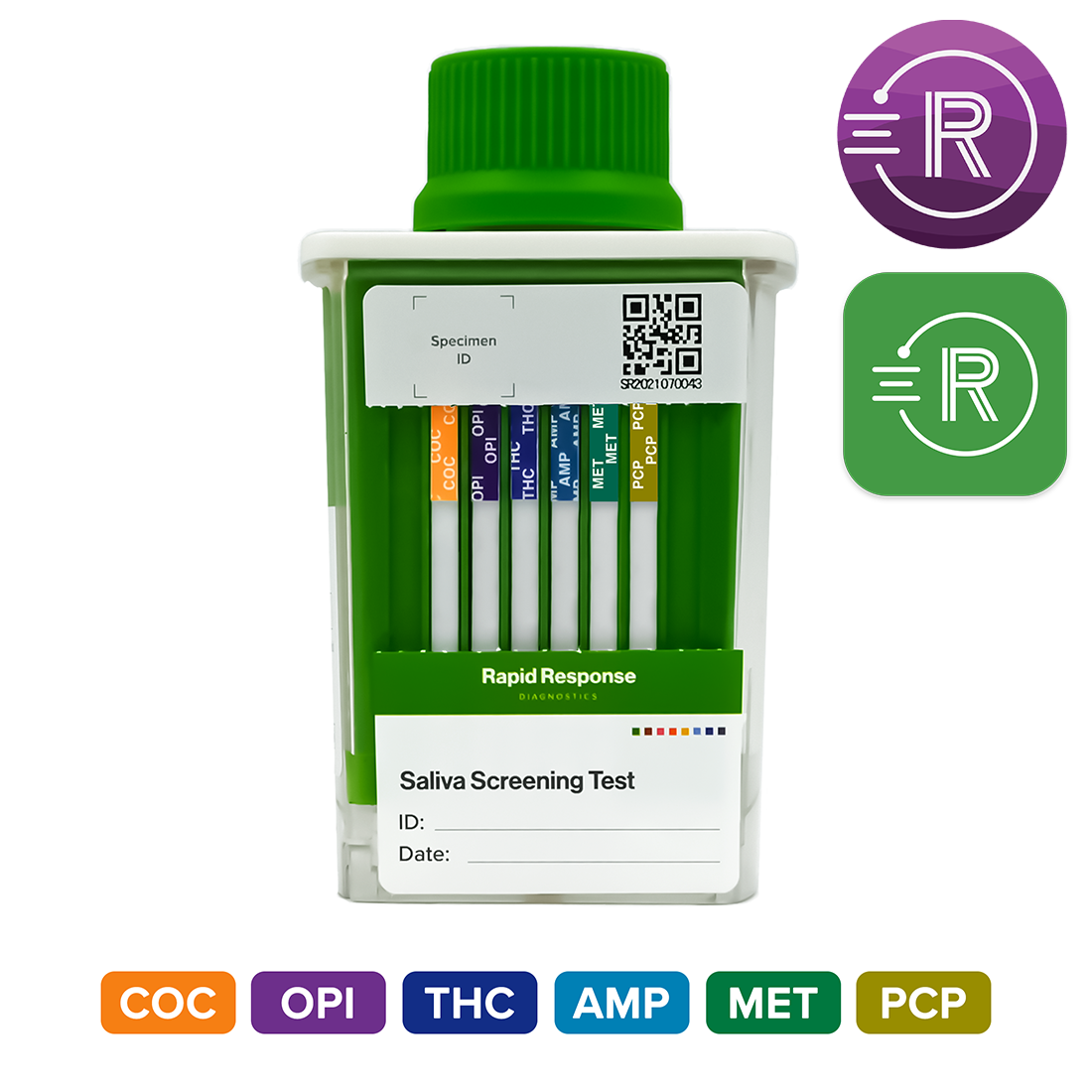
Format: Cup
Kit Size: 100 Cups / Kit
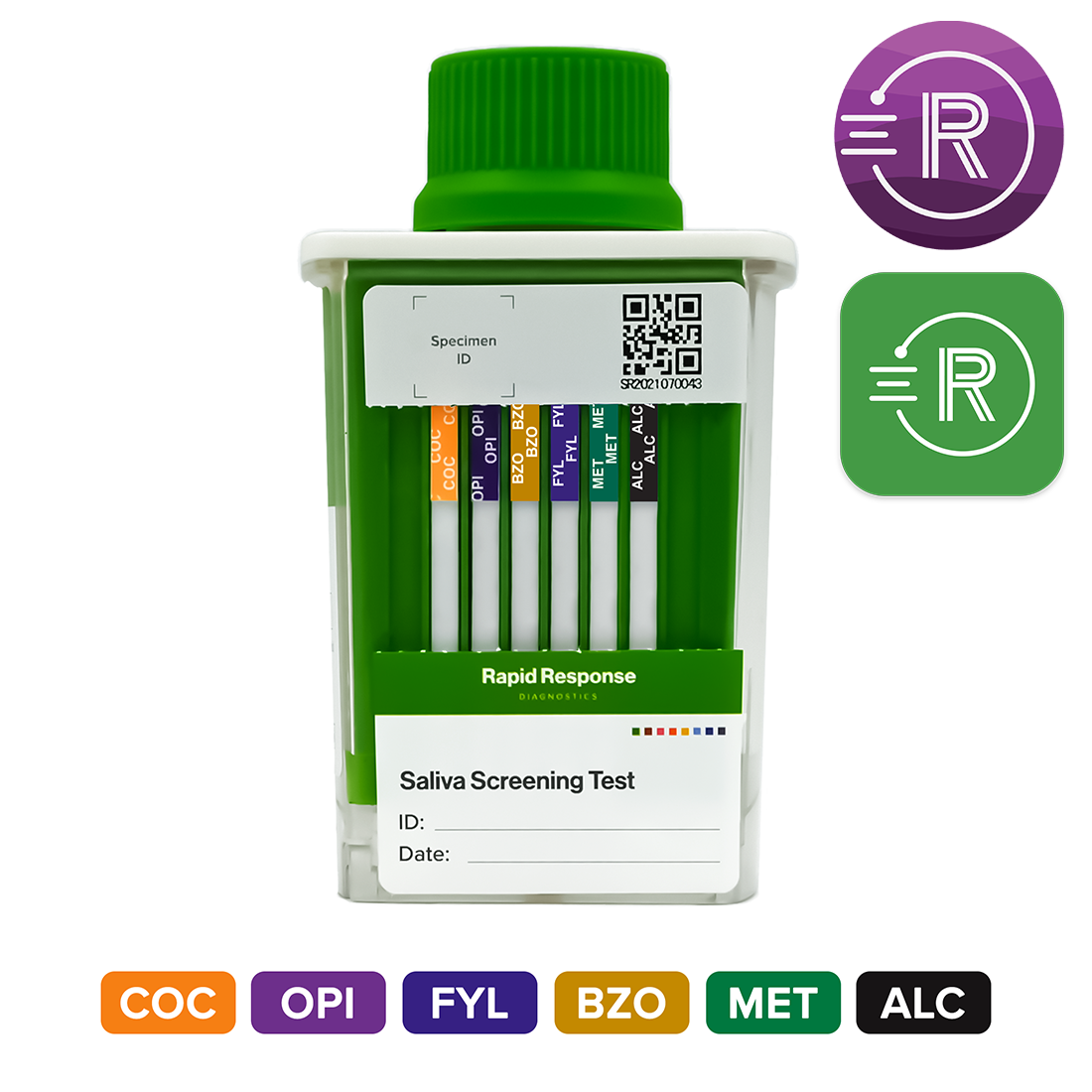
Format: Cup
Kit Size: 100 Cups / Kit
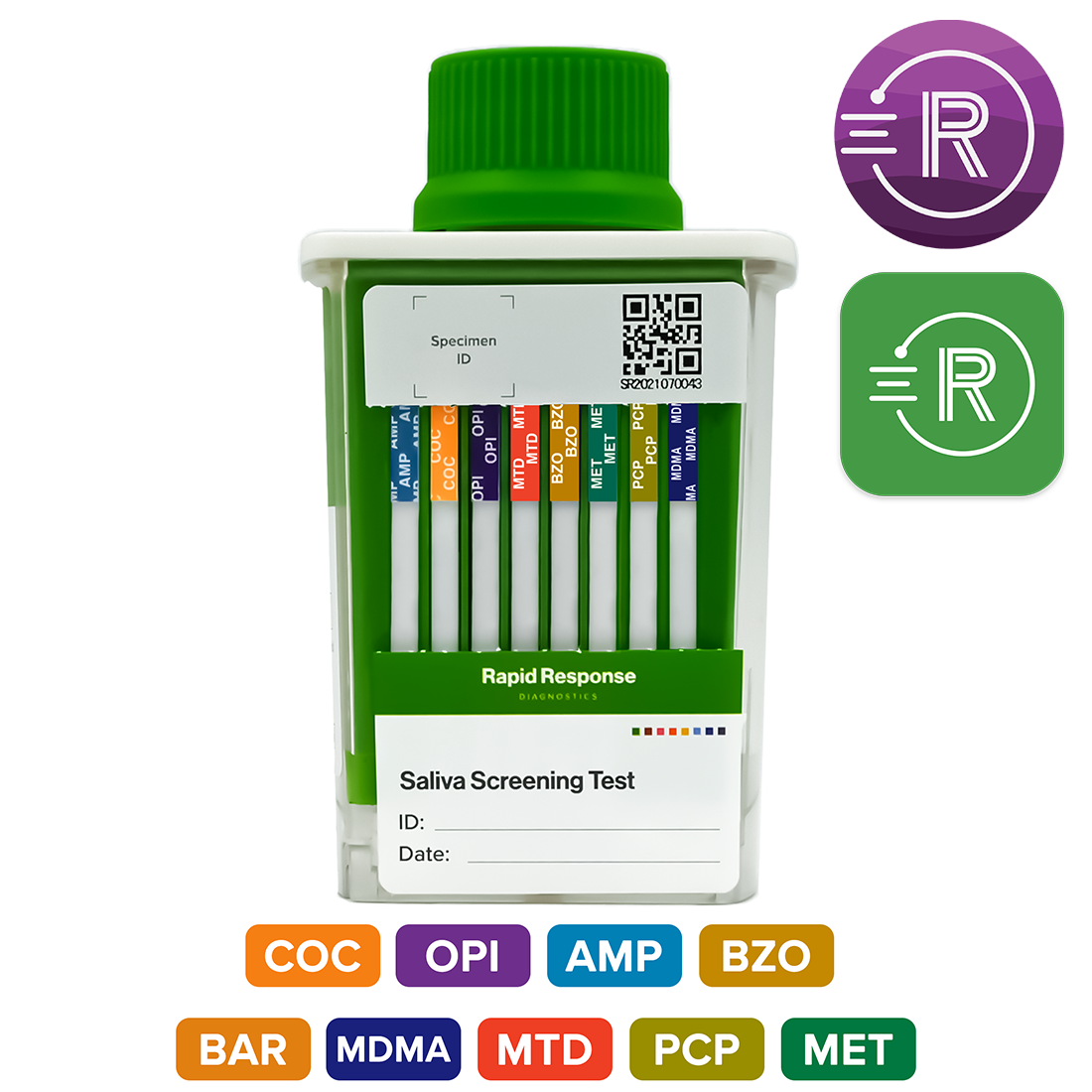
Format: Cup
Kit Size: 100 Cups / Kit
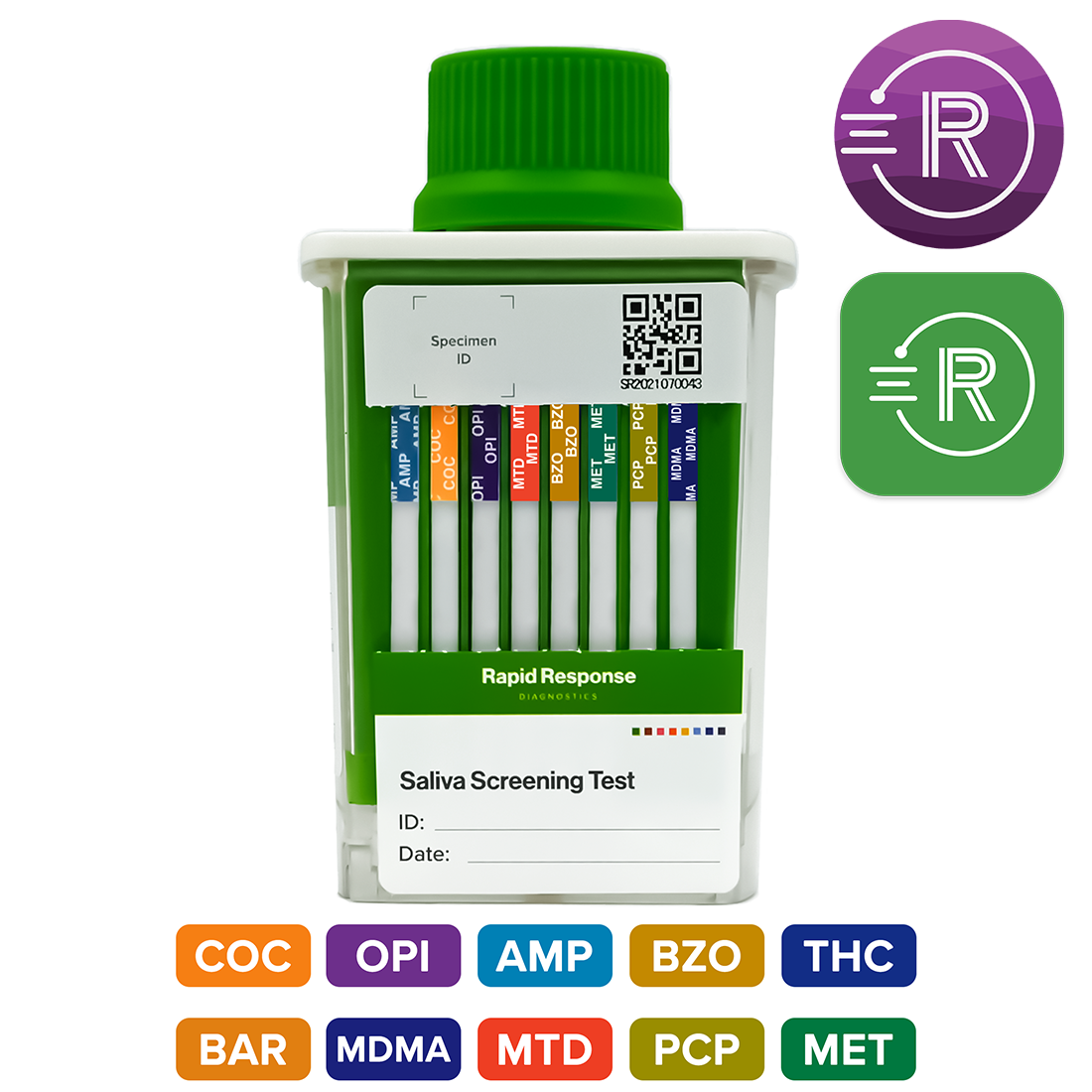
Format: Cup
Kit Size: 100 Cups / Kit
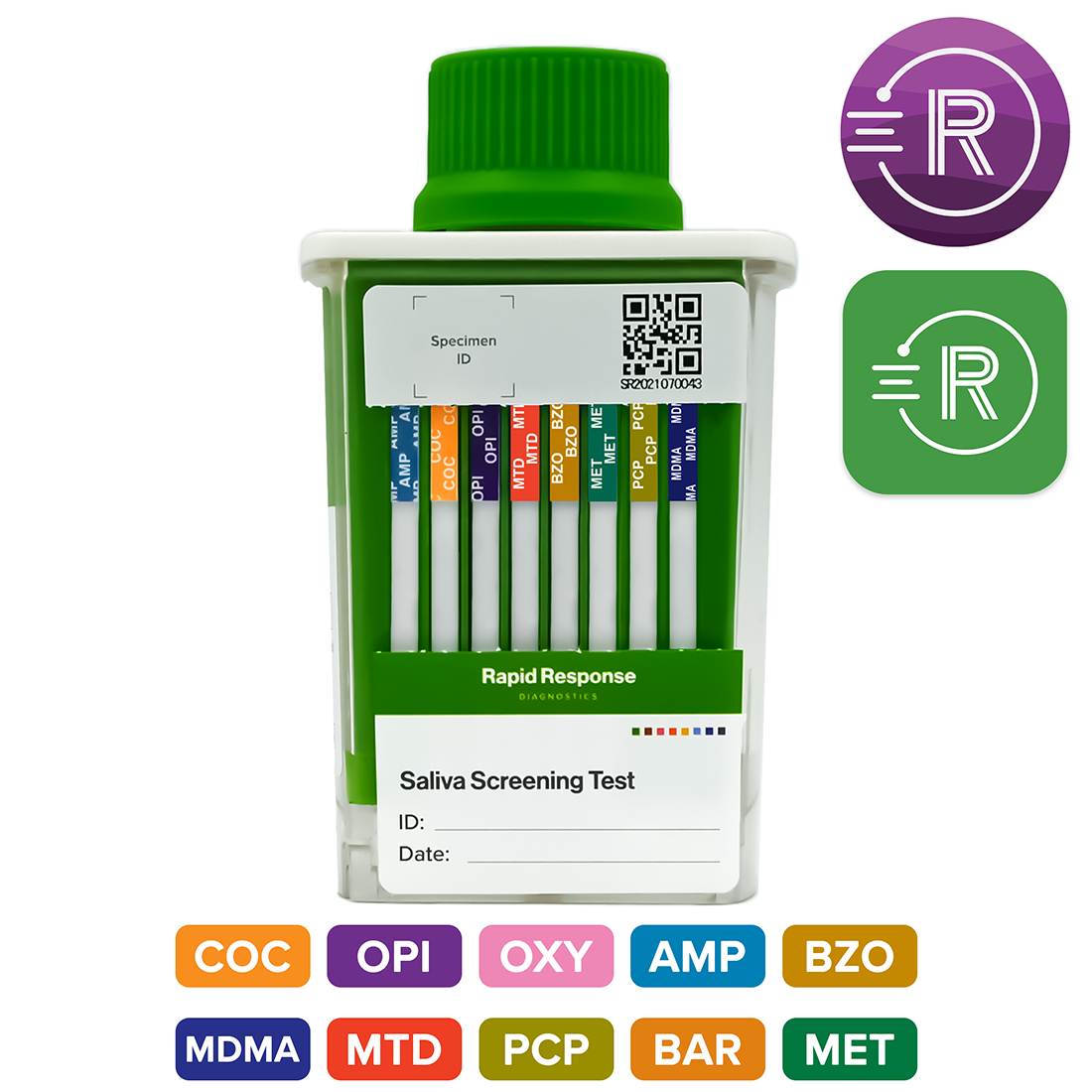
Format: Cup
Kit Size: 100 Cups / Kit
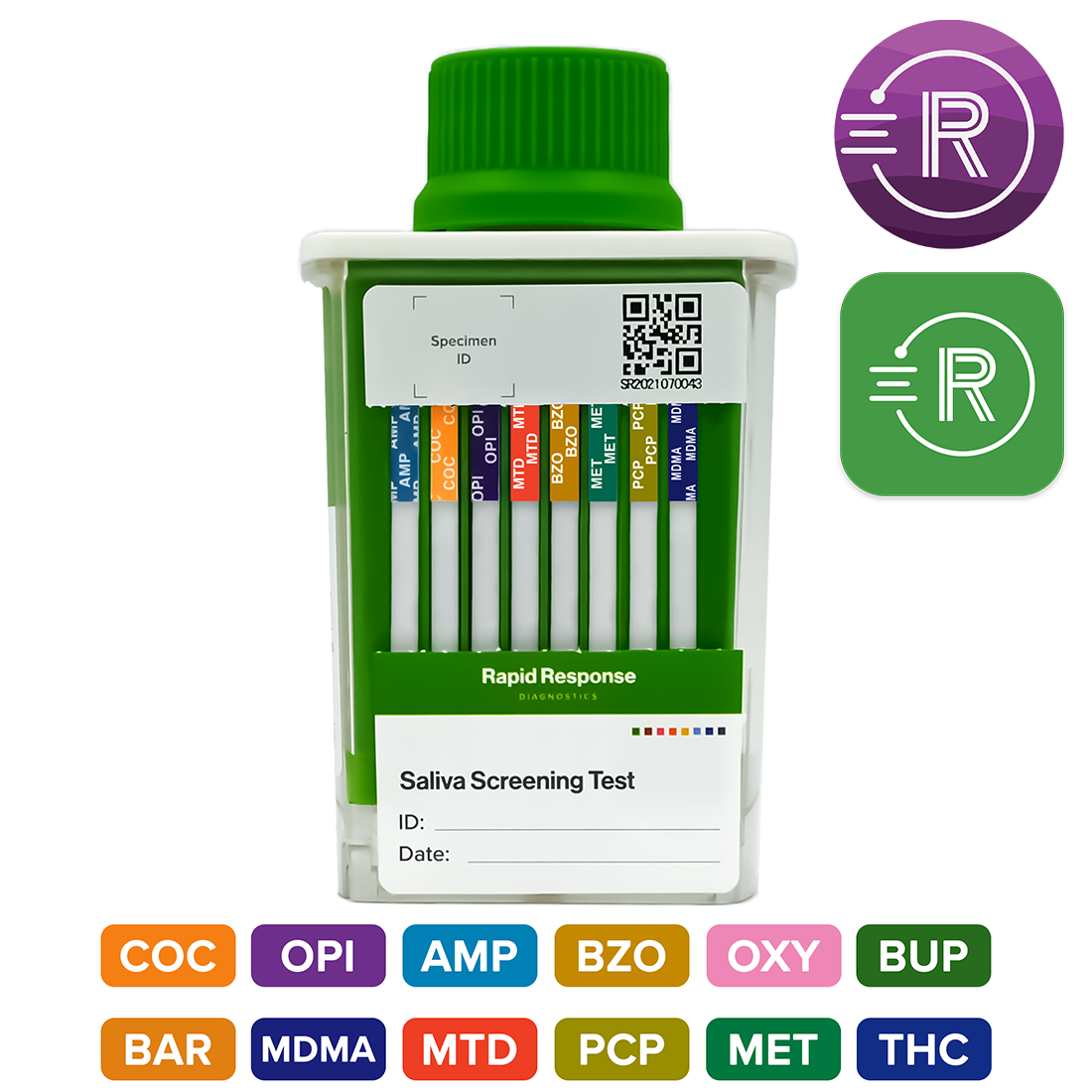
Format: Card
Kit Size: 100 Cups / Kit

Format: Cup
Kit Size: 100 Cups / Kit
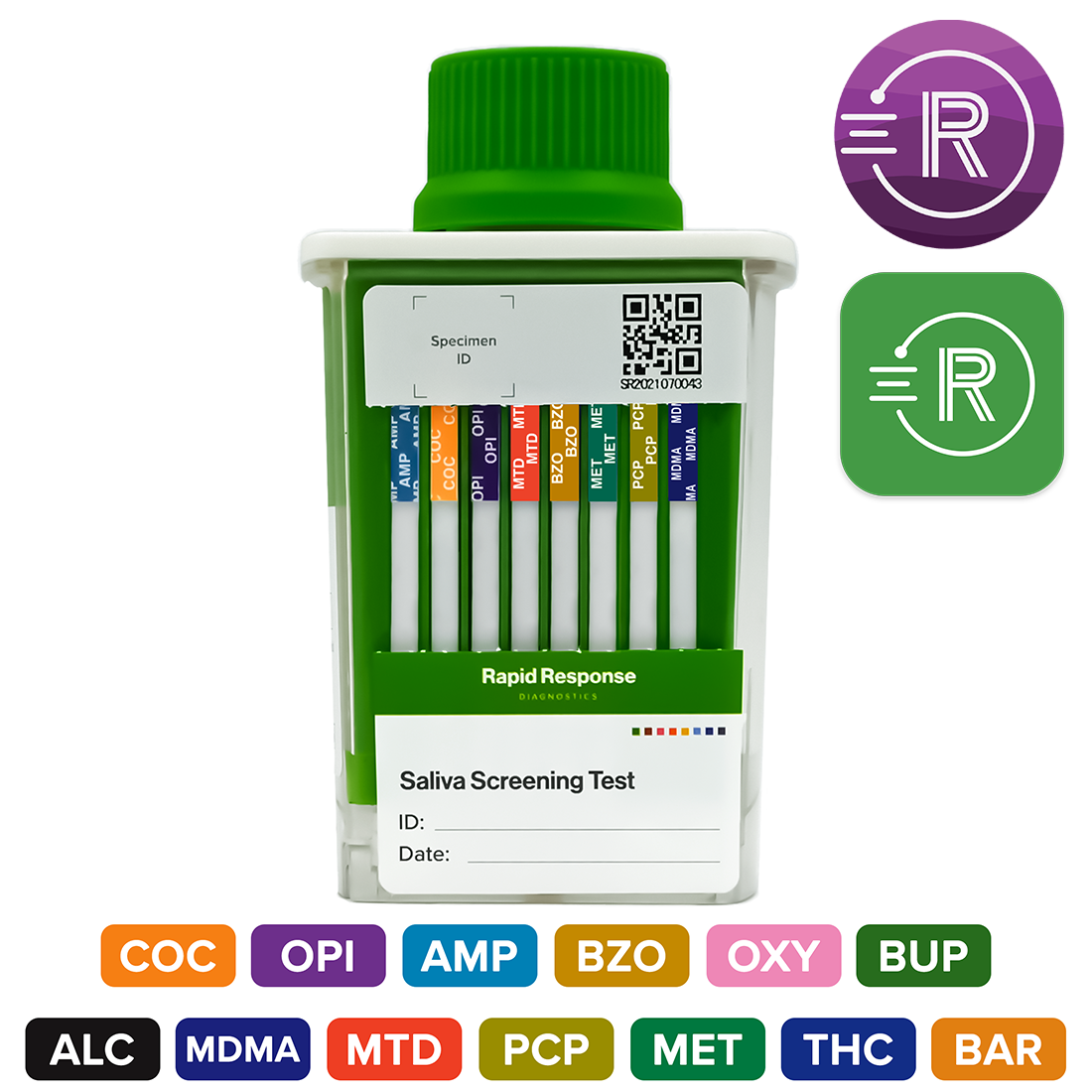
Format: Cup
Kit Size: 100 Cups / Kit
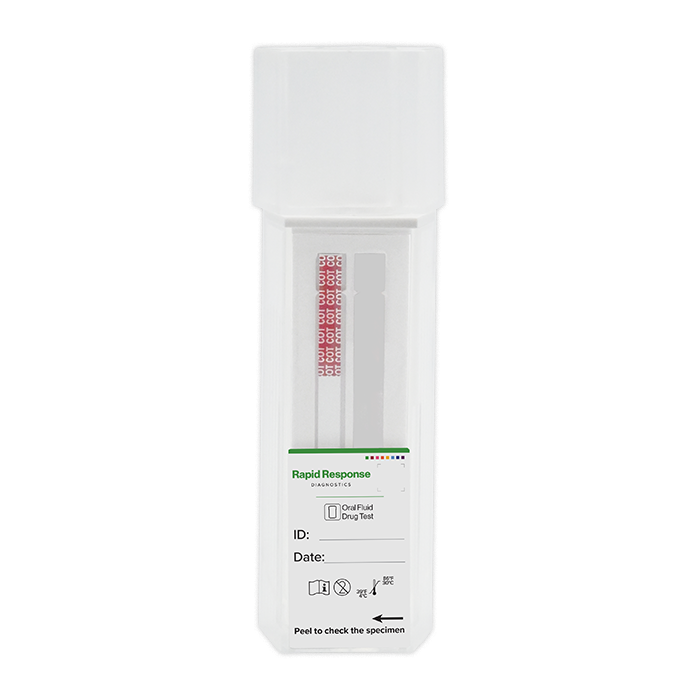
Format: Cup
Kit Size: 100 Tests / Kit
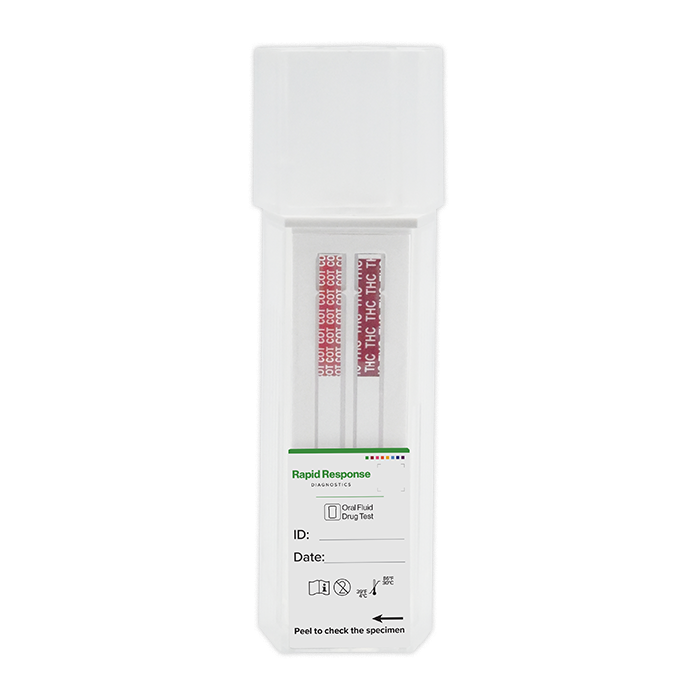
Format: Cup
Kit Size: 100 Tests / Kit
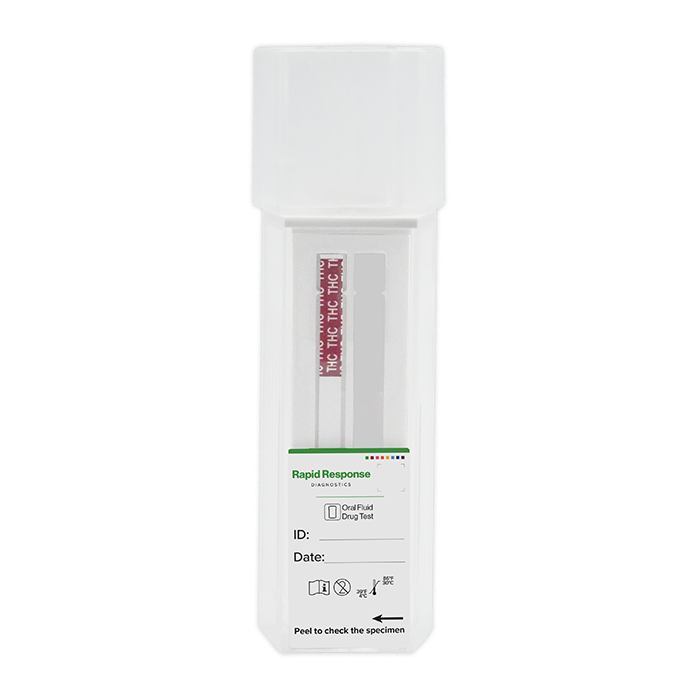
Format: Cup
Kit Size: 100 Tests / Kit
Saliva Drug Test Kits: A Convenient and Reliable Solution for Instant Drug Detection
Saliva drug test kits offer numerous advantages that make them an increasingly popular choice for drug detection in various settings. One of the primary reasons for their widespread adoption is the non-invasive nature of these tests. Unlike traditional methods such as urine or blood tests, the saliva test kit for drugs can be easily administered without the need for private restroom facilities or the discomfort of needle pricks. This ease of administration makes them particularly suitable for on-site testing in workplaces, law enforcement settings, and even at home. Also, instant saliva drug test kits provide quick results, usually within minutes, which is important for situations where immediate decision-making is necessary. This rapid feedback can be critical in workplace safety assessments, roadside checks, or in clinical settings where timely information is crucial for treatment adjustments.
Besides their speed and convenience, saliva drug test kits are known for their accurate detection capabilities. They can reliably identify a range of substances, including THC, cocaine, amphetamines, and opiates, within a short detection window. This precision guarantees that employers, healthcare providers, and law enforcement officials can trust the results to make informed decisions. Additionally, collecting a saliva sample lowers the risk of tampering since the process is usually monitored, ensuring the sample’s integrity. Together, these features make saliva drug test kits a great option for reliable drug testing in various situations.
Invalid results may occur if the strips do not wick. (If applicable) Peel off the label at the bottom of the device as marked to check if either there is enough sample, or to see if the saliva is too thick or viscous to run.
If the strips do not appear to flow when there is enough saliva, or the saliva is too thick to run, shakethe device back and forth several times, keeping the device upright, to immerse the end of the strips in the saliva. Saliva tends to form air bubbles which sit at the bottom of the strip and prevent the strip from running. Gently tap the device on a flat, clean surface to pop the air bubbles, allowing a portion of the saliva sample to flow up the strip.
During sample collection, apply pressure to the sponge and sweep the insides of the mouth to collect as much saliva as possible. Do not bite, suck, or chew on the sponge, as this will damage the test. If the indicator strip has not turned red after 7 minutes with the saliva collector in the mouth, proceed with the test.
Yes, it is important that the donor refrains from placing anything in the mouth including food, beverages, gum, and tobacco for at least 10 minutes prior to sample collection to ensure accuracy.
Saliva drug tests are usually accurate and reliable for detecting recent drug use. However, a presumptive positive test result does not always mean that a person took illegal drugs, and a negative test does not always mean that a person did not take illegal drugs. There are several factors that influence the reliability of the test results. There is a possibility that other substances and/or factors may interfere with the test and cause incorrect test results. The drugs and metabolites will only be detectable for a short period of time after the drugs are consumed.
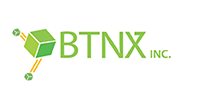
 Canada
Canada